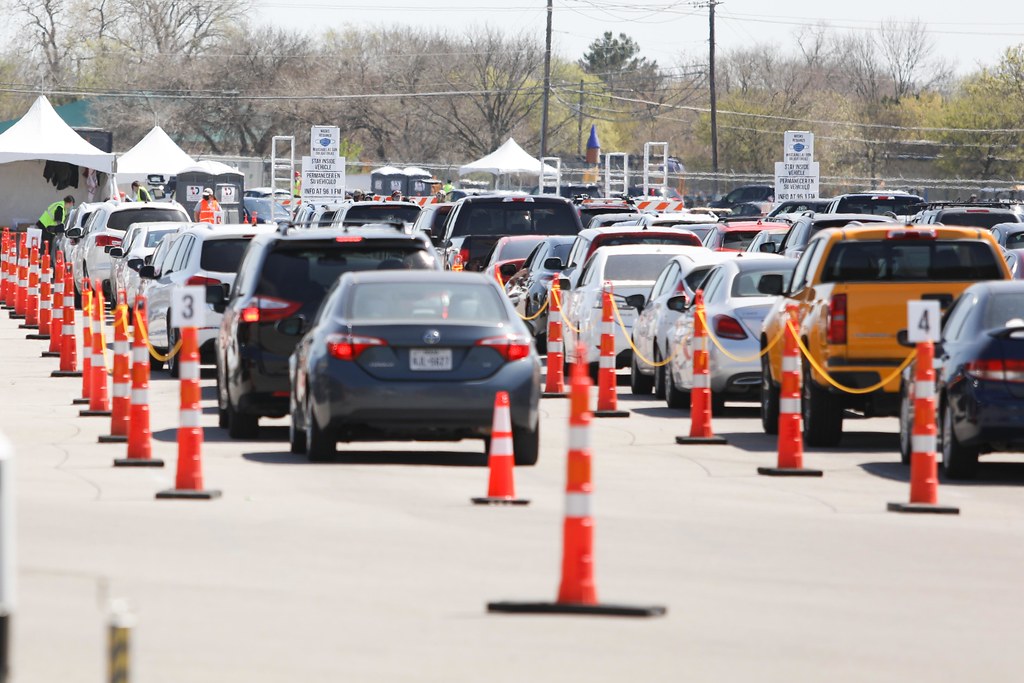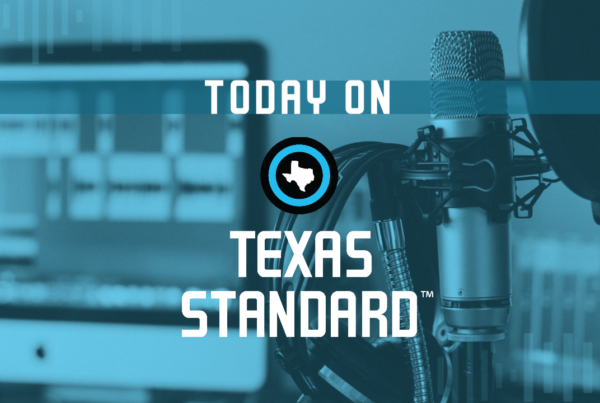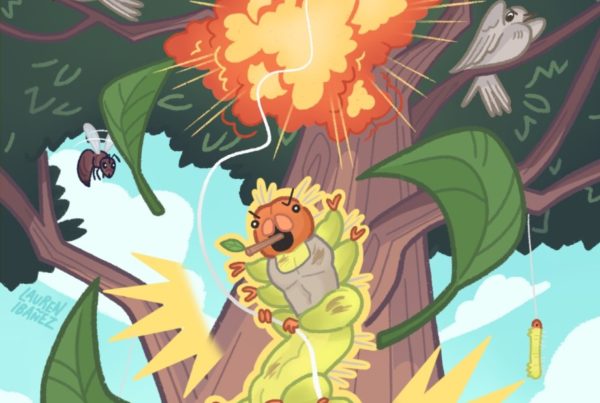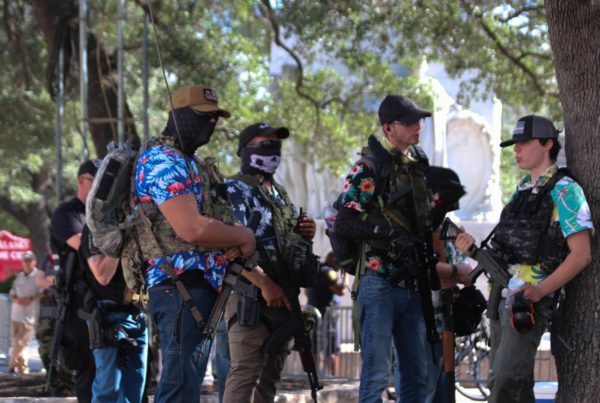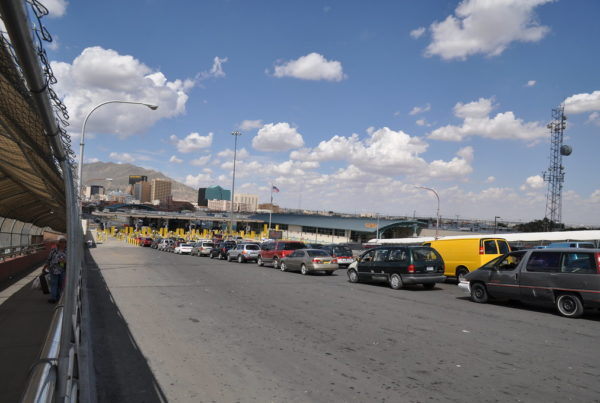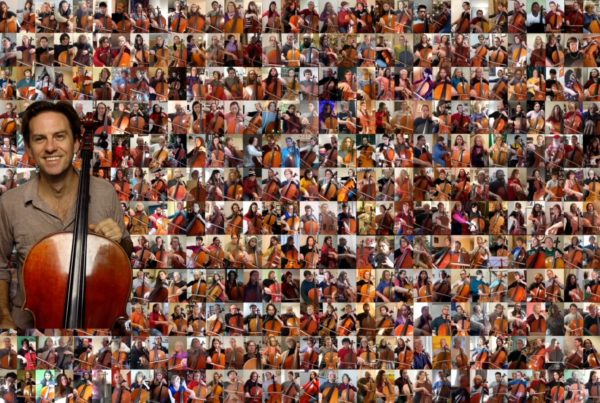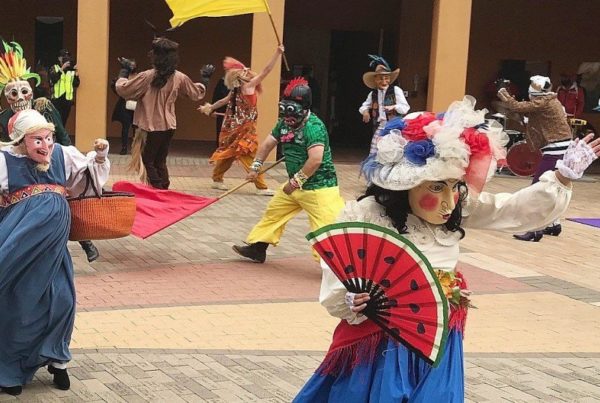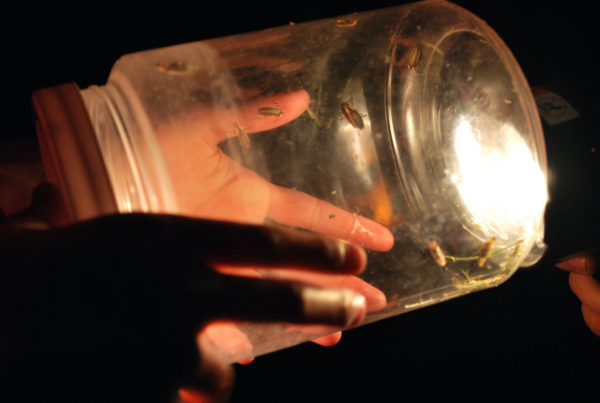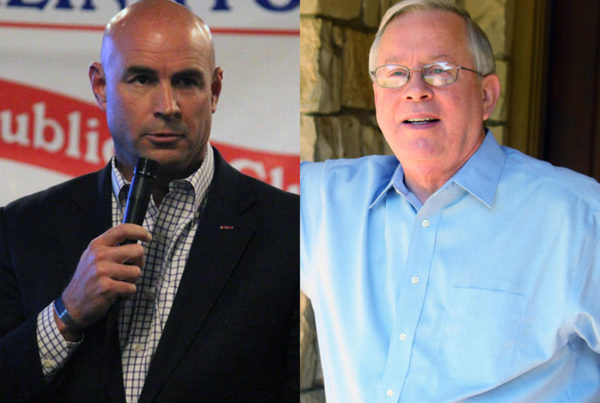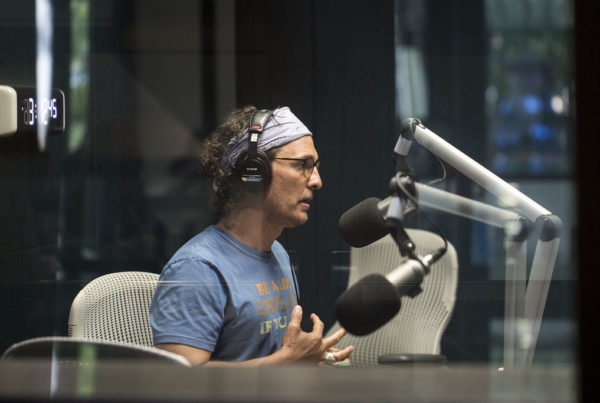Just over 40% of Americans, and 36% of Texans, have received at least one dose of a COVID-19 vaccine.
But some public health workers and officials across the country now say demand for vaccinations is starting to dwindle. In Texas, that has meant the announcement of closures of mass vaccination sites in Williamson and Galveston counties, for example.
Infectious disease expert Catherine Troisi of the University of Texas Health Science Center at Houston says now, health authorities are going to have to get creative with distribution efforts and “bring the vaccine to the people” if they want to get closer to so-called herd immunity.
Herd immunity is the point at which the population is protected against COVID-19 because enough people are immune or vaccinated. The exact percentage of the population that needs to be vaccinated to reach herd immunity is still unknown, but it has been estimated to be somewhere between 70% and 90%.
Troisi says places like churches and schools, and at home for those who are homebound, as well as mobile clinics, need to be the new sites for vaccinations rather than the centralized, mass-vaccination hubs that were hard for some to access.
“Just making it easier for people who want to get vaccinated to get vaccinated,” Troisi said.
Ease is important, especially for harder-to-reach populations. Troisi divides this group into three parts: those who are willing but unmotivated to get vaccinated; those who have a hard time accessing vaccinations because of a lack of nearby sites, a lack of transportation or a lack of time off work; and those who are hesitant or unwilling. She says all of those people would benefit from vaccination options in places within their communities with which they are familiar. Even better, she says, is when known members of the community at those sites – so-called trusted messengers, like pastors or nurses – help spread the word that vaccinations are safe.
Some “vaccine hesitant” people may never be willing to get a COVID-19 vaccine no matter what methods are used. Troisi cites a recent survey indicating that about 13% of Americans say they definitely will not get the vaccine. Still, she says some of them might change their mind when being vaccinated becomes the “social norm,” as more people get a shot.
“When people who are not vaccinated see what those of us who are vaccinated can do,” she said, “[that] there are privileges with it.”
And there’s still the larger group of people in the middle – those who are willing but can’t or haven’t tried to access a vaccination. For them, Troisi says it’s imperative to see what methods work in their communities to get them vaccinated as soon as possible to get close to herd immunity, and try to prevent the spread and growth of new variants that could prolong the pandemic – a threat she doesn’t take lightly.
“There’s a saying in public health: ‘There’s no peeing section in the pool,’” Troisi said. “People travel and can bring the virus. So [herd immunity in Texas is] what we’re aiming for. But, you know, we we live in not just a country where people travel, but a world.”


